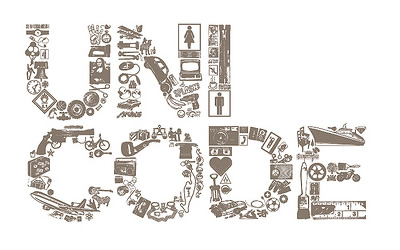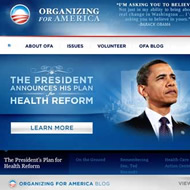Multicultural web design
To ensure that your website is appreciated by the widest possible global audience, you need to be aware that different cultures are likely to view it with different perspectives. Here are some factors you should concentrate on to ensure that your website is cross-culturally accessible.
1. Translate your content

78% of internet users do not speak English as their native language, so therefore, in order to fully engage with the vast majority of web users, you need to have your website translated into other languages. The best way is to use a professional translator. But if you are on a tight budget, you could try a machine translation widget like Google Translate, which will help readers to get the gist of your page.
2. No ‘dictionary translation’ of keywords
Even if you use an automatic translator for most of your content, you should not rely on one for your keywords. Even a dictionary is not sufficient to translate your keywords because the direct dictionary translation may well not be the most popular search term in each country. To ensure your keyword list is accurately translated you need someone who lives in the target country to check over your list of keywords, and then research them using an analytics service like Google’s keyword tool.
3. Check your figures
You should be aware of the different formats used to represent numerical data in different parts of the world. Weights and measures, dates, currency and time are often displayed differently. For example, in the UK the format for June 30th 2010 is 30/06/2010, while in the USA it would be more normal to write 06/30/2010. In the UK and the USA, the imperial system (pounds, ounces, pints, gallons, etc.) is still widely recognised, but in most other parts of the world the metric system is preferred.
4. Use Unicode

Photo credit: Subgrafik
Make sure that you use UTF-8 character encoding because it is compatible with the widest range of language scripts.
5. CSS templates
If you have content translated into more than one language, you can save a lot of time by using well-formed CSS to create layout templates for your website. This keeps the content separate from the design and means you can just swap the translated content into the non-English versions of your website.
6. Leave enough space

Photo credit: trentwalton
When you are designing the layout for your website, make sure there is some flexibility in the size of your text areas. This is because text translated from English into another language may take up more lines. Non-Latin scripts may also require larger line-heights, so you should design your stylesheets with this in mind.
7. Does it work right-to-left?
Remember that not all languages are read from left-to-right. You should consider this when you are placing sidebars and navigation menus. For example, navigation down the left-hand side of the page may not be as convenient for people who are reading from right-to-left. You can solve this problem by using horizontal navigation along the top of the page.
8. Colours

Photo credit: HammHetfield
The use of colour can have strong cultural significance. Colours have different meanings and associations in different parts of the world. For example, in the Western world yellow is often regarded as the colour of sunshine and happiness. However, in Egypt, yellow has a very different meaning – it is the colour of mourning. In Japan, yellow is often associated with courage and bravery. Make sure that your colour scheme is appropriate for the geographic regions you are targeting.
9. Images

Photo credit: ATKR
Similar cultural sensitivities can exist around your use of images. An image that may be perfectly acceptable in Western countries may cause offence elsewhere in the world. This is particularly true for depictions of the human body. Some cultures may be unfazed by pictures of people in revealing bathing suits, whilst in other countries this may be regarded as shocking or offensive.
10. Country code top-level domains
If you’re serious about widening your website audience overseas, you should register a ‘country code top-level domain’ (ccTLD ) for each region you are targeting (for example .cn for China, .fr for France, .id for Indonesia, etc.) This will help you to achieve better rankings in the local search engines, as search engine algorithms tend to prioritise websites that are relevant to local searchers – it’s even better if your local site is hosted in the target country.
11. Off-page SEO

Photo credit: Martin
Another major factor for improving your ranking in local search engines is link popularity amongst other websites with the same country code. For example, if you were promoting your .fr domain in the French search engines, it’s important to get backlinks from other websites hosted in France. Links to your .fr domain from .com domains will not give you as much ‘juice’ for the French search engines as links from .fr sites will.
There’s a lot to think about in order to make your websites cross-culturally accessible, but if you begin with the points mentioned here, you’ll be off to a good start.









